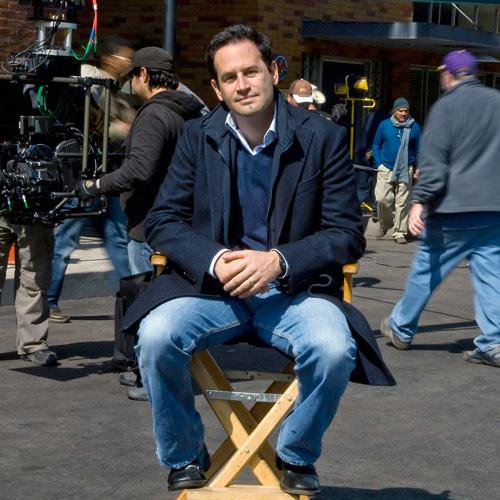
Before he opened his own agency, Jose Boza got a crash course in publicity promoting for parties in South Beach, Miami. A friend convinced him to trade his business major for communications, and today he is the founder of Boza Agency. He chats with HE about social media and its role in corporate public relations.
How has social media changed the way you and your peers handle public relations?
There was a time when I wanted to get out of public relations. Media outlets were downsizing and there were fewer people to reach. When social media came around, it opened up a whole new world. I could contact an editor in Wisconsin and tell him about my product without having to get a reporter—who may not be interested—to relay it to him. Social media has integrated public relations, advertising, and marketing into one. Everything we do in public relations now includes a translation for the Web.
What makes Boza Agency’s social media presence successful?
We take an authentic and real-time approach. We try to avoid the advertising sales approach on social media. People want to know that there is someone real behind that particular social media profile to help and answer them immediately. They don’t want generic answers. What’s the point of having someone answering these questions when you can set up automatic responses? Social media has taken a major role in daily customer service for companies.
What are some common mistakes companies make with social media?
The most common mistake is trying to manage too many social media channels. Companies always try to go with the popular kid (in this case, Facebook or Twitter) even though they may not be the best platforms to reach the customer. Another issue is consistency. You have to continually provide content that people will be interested in, will make the phone ring, and will draw interest. Finally, companies wait too long to respond to a customer’s question. People go to social media for immediate feedback, and this is a company’s opportune moment with a consumer to shine and resolve issues.
How do you convince people social media is vital?
Before analytics, we could say that social media spread awareness about a product, but we had no data to back it up. Now we can track how a sale is a direct result of a social media campaign. Any board director will understand the importance of something if you show them return on investment.
How have media relations evolved, especially for a Hispanic-facing agency?
There was a time when Spanish-language TV stations were only targeting Spanish-speaking viewers. Language and culture evolve into public relations and result in successful client campaigns. What works in New York isn’t going to be the same as what works in Michigan. There has to be a mix of cultural understanding and sensitivity before rolling out a client campaign targeting Hispanics or any other minority group in the United States.
What do you expect the social media landscape to look like in five years?
Years back it was MySpace, then Facebook and Twitter, and now it’s Snapchat and Instagram. All I can say is that people love imagery. The main social networks hitting high interactions are utilizing imagery and video. I also think people will have a better understanding of what social media is. There are many corporations that are finally realizing that social media isn’t a fad, it is critically important to a company’s overall success and growth.

